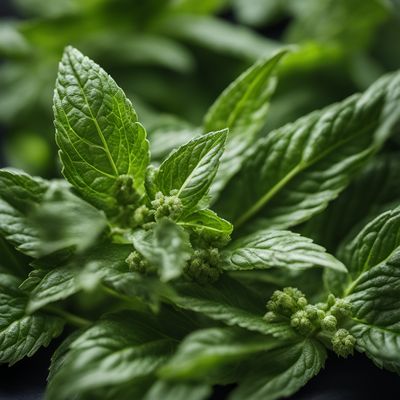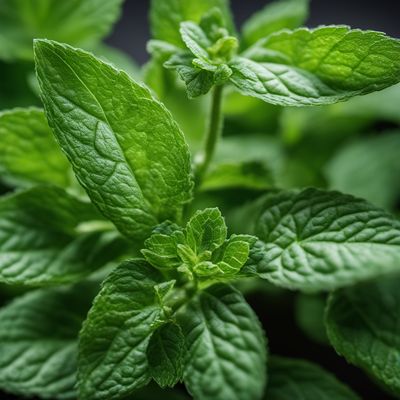
Ingredient
Lizard tail
The Enigmatic Delicacy: Lizard Tail
Lizard tail is characterized by its slender, elongated shape and scaly appearance, resembling the tail of a lizard. It has a firm yet tender texture, similar to a cross between fish and chicken. The flavor is delicate and slightly gamey, with subtle earthy undertones. When cooked, it becomes succulent and imparts a rich umami taste to dishes.
Origins and history
Lizard tail has a long history of culinary use in various cultures around the world. It has been consumed for centuries, particularly in regions where lizards are abundant. In some cultures, it is considered a delicacy and is often reserved for special occasions or festive celebrations. Lizard tail has also been used in traditional medicine for its perceived health benefits.
Nutritional information
Lizard tail is a good source of lean protein and essential minerals such as iron and zinc. It is low in fat and calories, making it a nutritious choice for those seeking a healthy protein option. However, it is important to note that the nutritional composition may vary depending on the species of lizard and the cooking method used.
Allergens
There are no known allergens associated with lizard tail.
How to select
When selecting lizard tail, look for fresh specimens that are firm to the touch and have a vibrant color. Avoid any signs of discoloration, sliminess, or unpleasant odor, as these may indicate spoilage. If purchasing from a reputable source, ensure that the lizards are ethically sourced and comply with local regulations.
Storage recommendations
To maintain the freshness and quality of lizard tail, store it in a cool and dry place, preferably in the refrigerator. It is best to consume it within a day or two of purchase to enjoy its optimal flavor and texture. If storing for a longer period, consider freezing the lizard tail to extend its shelf life.
How to produce
Lizard tail is not typically produced on a large scale for commercial purposes. However, if you are interested in producing lizard tail, consult with local authorities and experts to ensure compliance with legal and ethical considerations.
Preparation tips
Lizard tail can be prepared in various ways, including grilling, baking, or pan-frying. It is often marinated to enhance its flavor and tenderness. Before cooking, it is recommended to remove the scales and clean the tail thoroughly. Lizard tail pairs well with aromatic herbs, citrus flavors, and spices such as paprika or cumin. It can be served as a standalone dish or incorporated into stir-fries, stews, or even tacos for a unique twist.
Culinary uses
Lizard tail is commonly used in traditional dishes in certain regions, particularly in Southeast Asia and parts of Africa. It is often featured in indigenous cuisines, where it is prepared using traditional cooking methods and spices. In these regions, lizard tail is highly valued for its unique taste and texture.
Availability
Southeast Asia, parts of Africa
More ingredients from this category » Browse all

Greek bush basil
The Fragrant Herb of the Mediterranean: Greek Bush Basil

Asiatic pennywort
The Healing Herb: Unveiling the Wonders of Asiatic Pennywort

Hoary basil
The Aromatic Herb: Hoary Basil

Mints
The Refreshing Herb

Lesser calamint
The Mediterranean Herb Wonder

Lemon basil
The Zesty Herb: Unveiling the Delights of Lemon Basil

Lemon balm
The Zesty Herb: Lemon Balm

Thai basil
The Fragrant Herb: Thai Basil

Holy basil
The Sacred Herb: Holy Basil

Basil
The King of Herbs

Chinese mesona
The Cooling Elixir

Vietnamese mint
The Zesty Herb